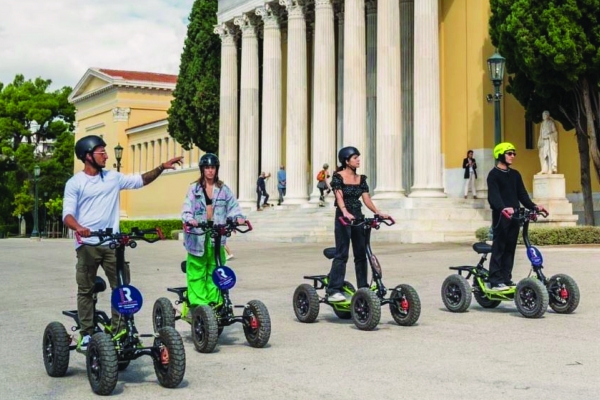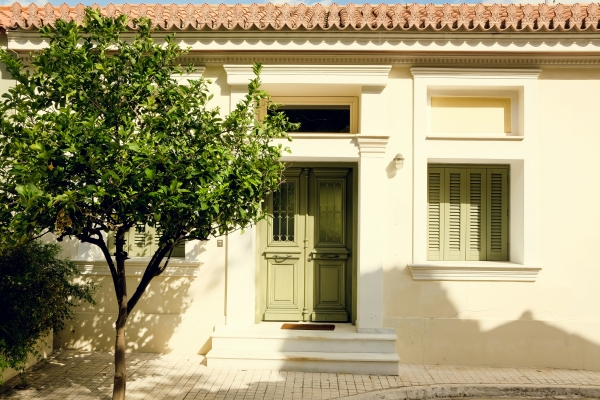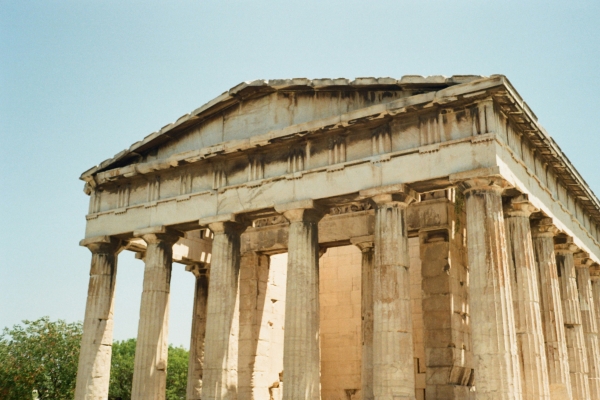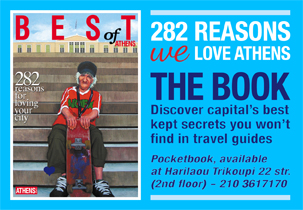A new controversy over the Amphipolis tomb deepens the mystery of the ancient site. The famed Lion of Amphipolis statue could not have been placed on the Kastas hill covering the ancient site, because it is too heavy to have been supported by the naturally formed hill, claimed Evangelos Kambouroglou, director of the Palaeoanthropology and Speliology Ephorate's department of archaeological research. Speaking at the 28th annual archaeological congress on Macedonian and Thracian archaeology at the University of Thessaloniki on Saturday Kambouroglou said that according to current evidence the Lion, dated to the 4th century BC, could not have been placed on the monument. “The Kasta tomb hill is natural, not artificial. It consists of sediments of quartzite sand, clay and sandstone, which give it a limited durability and render it unable to support any weight over 500 tonnes”, he explained. The lion, with its base, weigh over 1,500 tonnes, pointing to the same conclusion archaeologists of the site had already known. Kambouroglou also added that the box-shaped grave found in the last excavated chamber of the monument was made at a different time from the main monument, and is "a cheap construction" that does not fit in with the surrounding monument.
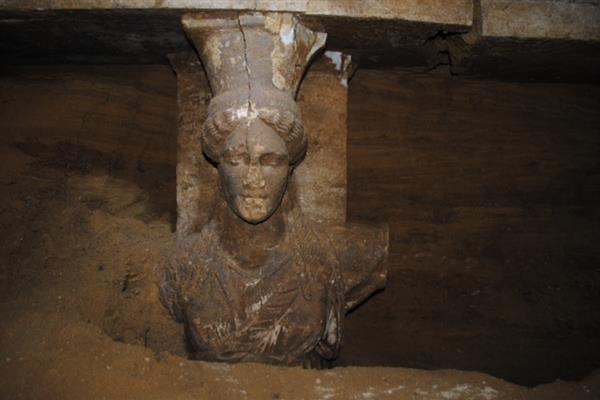

Christos Kalloniatis (Professor of the Department of Cultural Technology and Communication at the University of the Aegean), Iris Kritikou (Archaeologist-Historian of Art), Konstantinos Maniatopoulos (Director of the Stratis Eleftheriadis-Tériade Museum – Library, Visual Artist-Historian of Art), Irine Vasilopoulou



